Film tissue is most often used for tailoring of outerwear.
The list of palp fabrics is very varied in recent years. The textile industry produces smooth-colored (monochrome), melange and multicolored materials for outerwear. Fabric for coat Tkut sanzhevy, satin, linen and combined interlacing . It can be single and two-dimensional.
Very important characteristic for such a material - high thermal insulation. In addition, special requirements for wear-resistant, elasticity, shrinkage and stretching are put forward to tissues for outerwear.
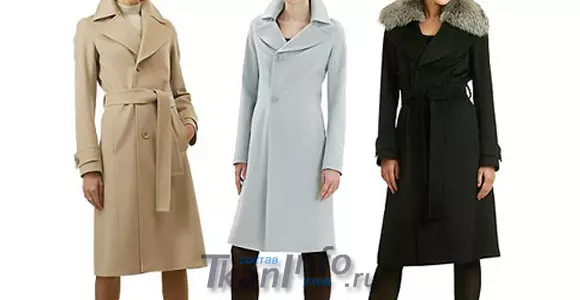
The main properties of a finger group: looseness, fluffiness and high density.
The assortment of fabrics for coat is very wide. Now in the palp group includes not only heavy materials, but also very thin, suitable for summer clothes. The main feature in which the group is divided - raw materials. The range is represented by woolen and cotton fabrics.
Woolen palp fabrics
Flutes from wool are divided into several subgroups depending on the weave, the composition of the thread and other properties. These are damage, camecolne, thin-circuit, cloth and pile materials. General characteristics: Tight woven material inherent in high heat shielding properties . The threads other than wool can include artificial fibers.Cambolian subgroup
The main distinguishing feature of the Kambolnaya fabrics is a clear drawing of the interlacing on the front side. The range of this subgroup includes:
- Gabardine. A dense monophonic material of diagonal weave, on the front surface, a small factory rutter located at an angle. It is made of Merinos wool. Basic properties - increased rigidity and rawness, almost never occurs, has a water-repellent effect. It sew a light coat, costumes and uniforms.
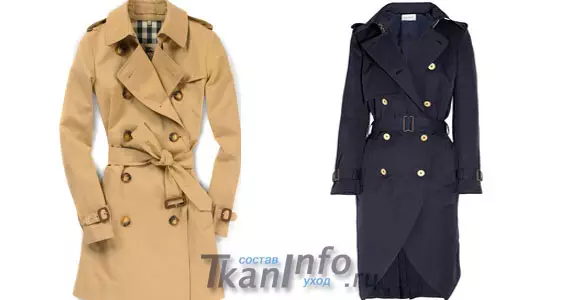
- Diagonal. Tight smooth-colored material with good elasticity. On the front surface - a double small rutter coming at an angle. The classic variant of the diagonal is completely made of wool.
Article on the topic: New Year postcards do it yourself for kids: master class with schemes
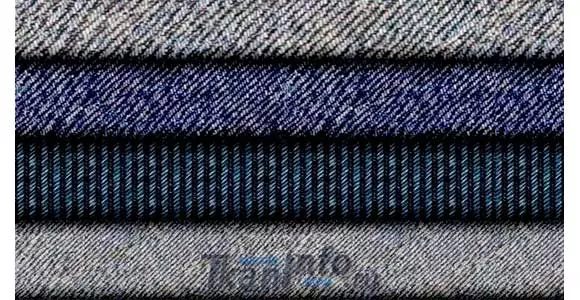
- Crepe. Hallest fingertip with the addition of capron, viscose or nitron. Important properties - reaches well and draped. Weave - linen or fine-discard. The main feature of the KREPA is highly twisted threads based on the duck. Thanks to this, the crepe has a rough surface and low reinforcement.
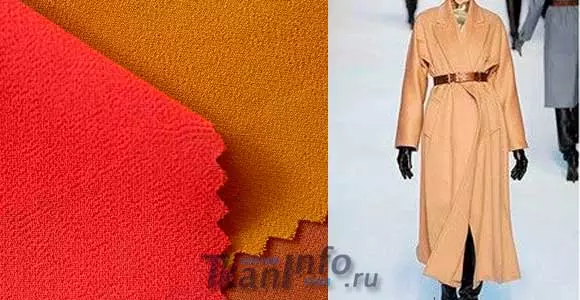
- Book. The range of materials for sewing warm things is unthinkable without a letter. It is made by a complex or finely designer interweaving. In addition to wool, synthetic fibers (acrylic, mohair) include synthetic fibers. The letter is a multicolored single-grade fabric with a fluffy textured surface. Due to the loose structure, it is rapidly contaminated. The disadvantage of the letter is the appearance of fumes and the elongated loops in the friction places.
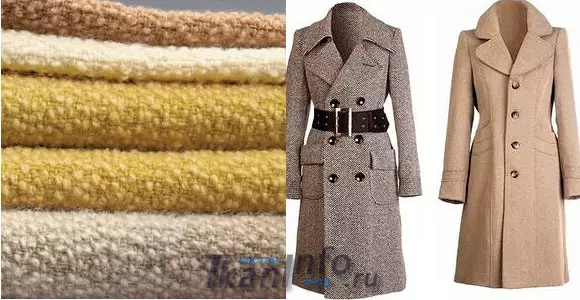
- Tweed. In the manufacture of a tweet use combined interlacing. As a result, it turns out a fingerball with a dense texture texture. On the front surface of the material, various patterns are often cradled. The range of tweed fabrics includes materials of different thickness, so they sew the coat, skirts, costumes and jackets from the tweet. The composition of the fibers is most often mixed: wool, acrylic and viscose.
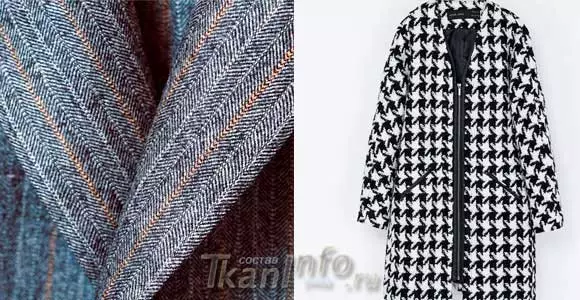
- Vigogne. This finished tissue is made of single-burnt camel wool or lama. Soft and warm material with medium pile. Sometimes the vigion is called mixed cotton fabric with woolen fibers.
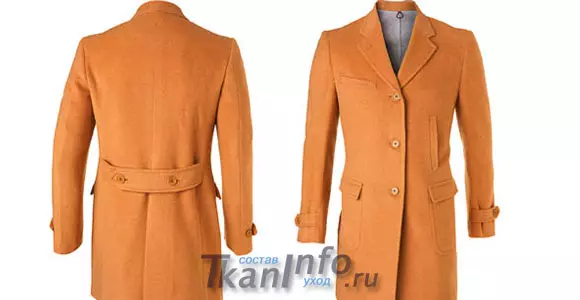
- Cashmere. One of the most expensive palp fabrics. It is made by a sirring interweaving from very thin threads. Composition mixed - undercoat of cashmere goats and artificial fibers. The disadvantage is a tendency to rubbing and rolling.
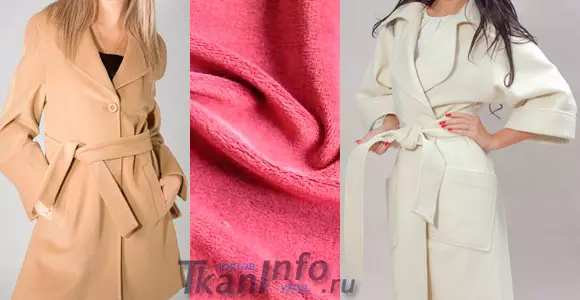
Thin-zone fingertip subgroup
The palp fabrics of this subgroup are produced from a semi-pipe, thin and halftone wool. In the composition of the fiber they are real and mixed. Kapron, polyester, viscose, nitrone and cotton threads and fibers are used as an additive. Most of the palm materials are made of already painted raw materials. Drapa, although relate to thin-zone, are highlighted in a separate subgroup.Article on the topic: Cover for the Phone Crochet: Schemes of models, how to tie a cat for a gadget with photos, video and description
The main properties of thin-zone palp fabrics depend on the method of processing their facial surface. After rolls and pensions, the pile can be long, short, smoothed, raised, curly or pressed. Home Feature - Relief Surface with Picture . This is achieved through the use of fine-discorded weaves and multi-colored melange, shaped or mulinated wool. The wrong side has a felt-like surface.
Drap subgroup
Drap - one of the most common tissues that make up the assortment of a fingertip. It is made of natural wool, but sometimes synthetic fibers are added to give additional properties (strength, antistatic effect and other). Drap - fat, heavy and tight material. This is a single-grade fabric with a suspended surface. Drap usually make two-layer.
Thanks to a strong waller waller in the manufacture, Drapa has high heat shielding properties.
Various weaves give different types of drape. Drap-velor is made by satin interlacing and use velor finish. Due to this, it has a velvety surface. This finger fabric is not bad, so it is sewn from it not only the upper clothes, but also skirts, jackets, a semi-coath.
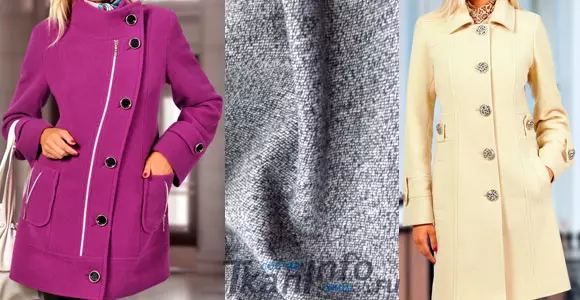
Ratin is a pure wool material from hardware yarn. After rolls, loss, haircuts and styling, the pile falls into thin stripes diagonally.
Flakee is similar to Ratin according to the properties, but has a different pattern of a pile.
A coarse-blooded subgroup
The range of coarse tissues is small: Bobrik, bike, departmental. They are made of coarse hardware wool in a sirdy weave, often used restored raw materials. The finished fabric of this subgroup is heavy, dense, wear-resistant and heat-shielding. Disadvantages - bad resourceability and rigidity. Of them sew shaped upper clothes, blankets.Pile materials belong to the coarse rigorous and differ from them a high rigid pile obtained after the loss.
Cotton fingerboard
Film with cotton fibers is used to sewing summer and demi-season outerwear. The range of this group includes:
- Moleskin - heavy, rather dense material obtained by enhanced satin weave. It is often used to make overalls, since resistant to abrasion.
- Velvet Rubber - on the front side small textured stripes.
- Velvet-Cord - a pile is laid along the tissue length by rounded strips of 3-5 mm wide.
Article on the topic: Pepple Crochet Pig: Master Class for Knitting Little Hat
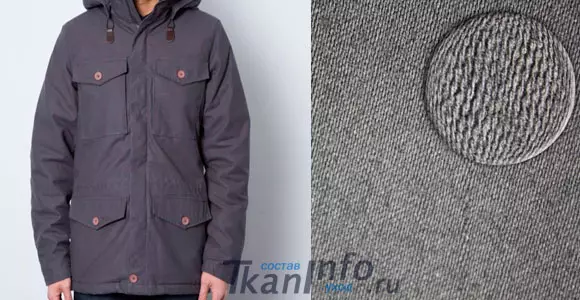
Modern fashion allows and welcomes the use for sewing the upper clothes that do not belong to the palp. Summer and light demi-season coats can be made of costume and dresses. Most often use texture materials that are well draped. For example, you can sew a summer coat from jacquard or brocade.
From some thin tissues, you can make a suitable material for outerwear. This is done by means of synthesizing them. The coat on the synthepsion will warm not worse than the drape. The range includes a taffeta, atlas, cloak. The insulation is fastened with thermal modes or sewn. When sewing a coat on a synthet board, you can use sewing techniques, impossible in the case of the use of palm materials.
Protective properties of a coat on a synthetone make it perfect clothing for rainy or snowy weather.
Ordinary palp materials, especially real-wool, do not like moisture and lose their attractive appearance when contacting it. Lovers of classics in clothes can choose a coat on a sintecloth from a fingertip, insulated with a synthetic tube lining.
